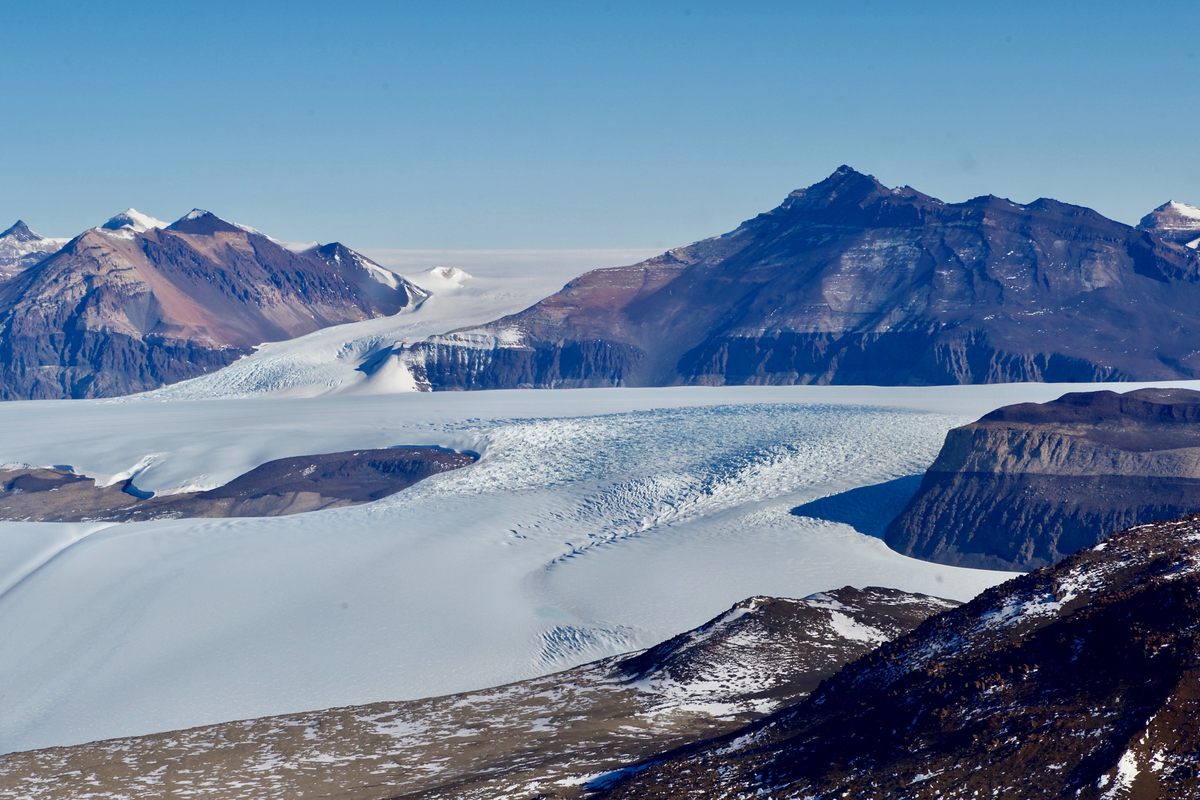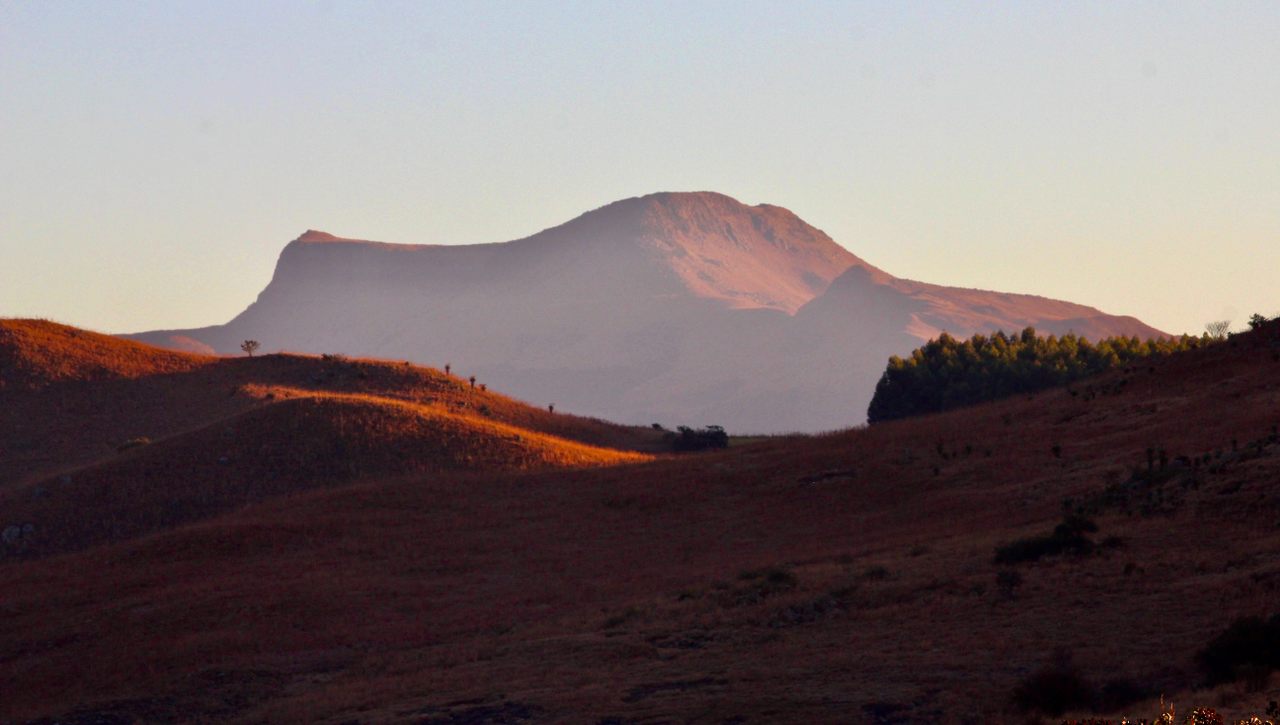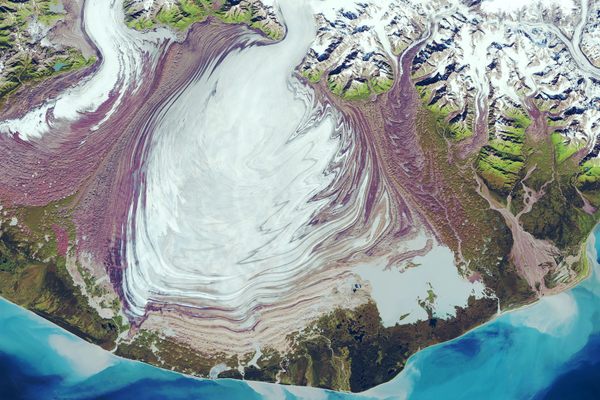The World’s Oldest Glaciers Are Buried Under South African Gold
2.9-billion-year-old evidence could be proof of a lost ice age—the first “Snowball Earth.”
The northeast corner of South Africa is a patchwork of landscapes, from open, hoodoo-studded plains in the interior and wetlands along the coast to surprising, dense coniferous forests—a relic of the colonial period, when alien species were brought from Europe to create massive pine plantations. Beneath this diversity lies one of the world’s largest gold deposits, and, beneath that, more than three miles underground, there’s a geological treasure from deep time: layers of rock that provide evidence of Earth’s earliest deep freeze.
According to a paper published recently in Geochemical Perspectives Letters, these rocks hold multiple clues to the world’s oldest glaciers, sheets of ice that covered the area an astonishing 2.9 billion years ago. Now the big question is: What on Earth was the ice doing there?
The longest-lived glaciers still hanging on today are in Antarctica’s Dry Valleys, and are around a million years old—though some researchers believe at least one, buried under thick sediment, may be up to eight million years old. However, that old frozen water is a drop in the ice bucket compared with the longevity of glaciers during the Huronian, a period also known as “Snowball Earth.”
“Snowball Earth” has been applied to a few icy chapters in the planet’s early history (geologists love a catchy term as much as anyone else). But the Huronian glaciation was, until the recent South African discovery, Earth’s oldest known ice age—and it was a doozy. Overall, the period lasted more than 200 million years, beginning about 2.45 billion years ago. While there were some fluctuations in climate during the Huronian, including relatively warm and humid periods, there were several global big chills that lasted 10 million years or more.
The discovery in South Africa, at field sites near the border of Eswatini (formerly Swaziland), reveals Earth’s earliest glaciers formed about half a billion years before the Huronian. We don’t know much about this period in Earth’s history; when the South African glaciers were around, the planet was about 1.6 billion years old and already home to microbial life forms, including some of the first multicellular organisms. But more complex life wouldn’t evolve until more than a billion years later.

To find the oldest glaciers, the research team analyzed levels of oxygen isotopes trapped in the rock strata and identified the specific geochemical signature of an icy climate. Within the layers, they also documented the planet’s oldest known moraine, the distinctive dump of debris left behind as a glacier melts and shrinks.
The moraine and other evidence have been preserved for nearly 3 billion years because they sit on the Kaapvaal craton, one of the oldest surviving chunks of continental crust. This ancient landmass, found beneath much of South Africa, began forming around 3.7 billion years ago and may have been part of Earth’s first continent, along with Australia’s Pilbara craton.
Geologists love to debate exactly when and where that first continent formed, and the further back in deep time we look, the murkier the data gets. So does our understanding of plate tectonics, the slow dance of continents across the planet’s surface. The coauthors of the new paper on the South African glaciers believe the area where they found the ancient moraine may have been, tectonically speaking, close to a pole and part of an ice cap before it slid to its current spot over millions of years.
However, there’s another possible explanation for the ultra-ancient glaciers. They may be the first solid evidence of a long and hotly debated lost ice age: the very first Snowball Earth, a planetary deep freeze that would have cloaked nearly all of Earth in a million or more winters.





























Follow us on Twitter to get the latest on the world's hidden wonders.
Like us on Facebook to get the latest on the world's hidden wonders.
Follow us on Twitter Like us on Facebook